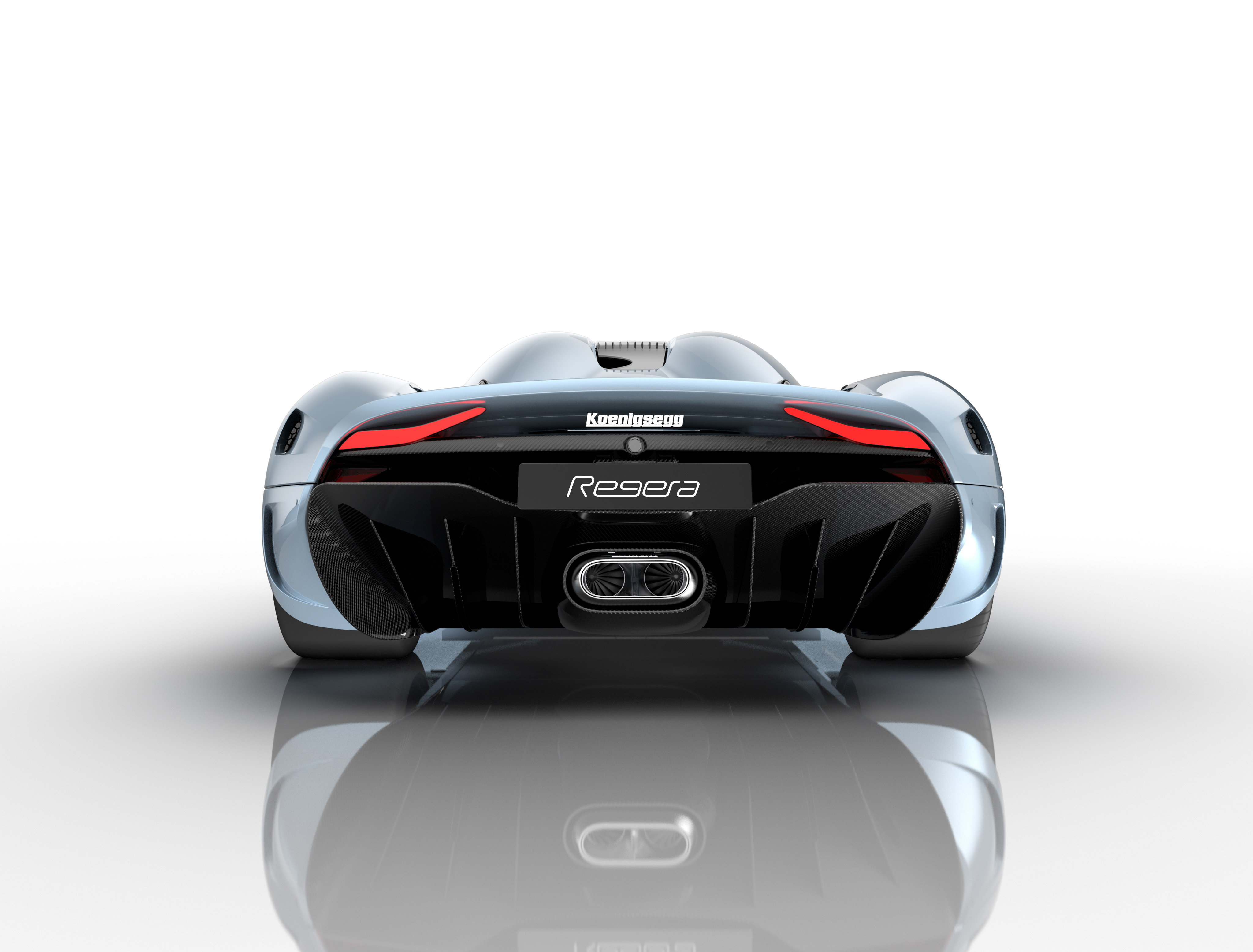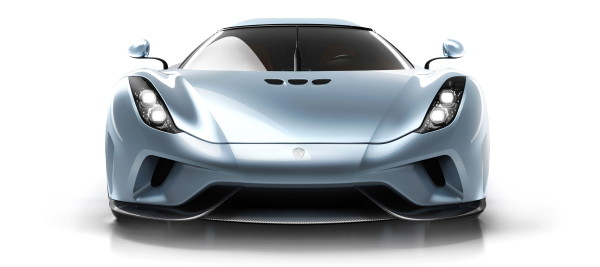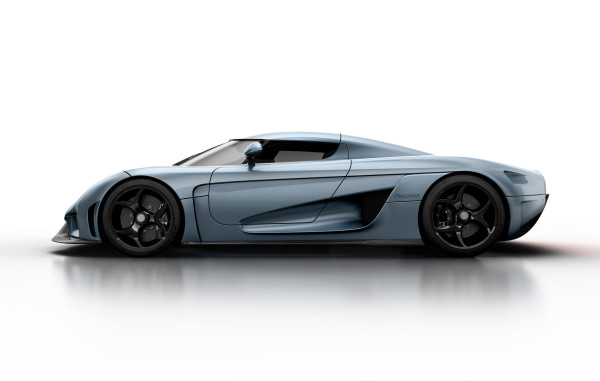Although Ferrari builds more cars in one month than Koenigsegg built in its entire lifespan, the Swedish producer doesn’t lack headline coverage. Uncovered at the Geneva Motorshow, 2016 Koenigsegg Regera is the Hypercar of the moment. This plug in hybrid crushes the souls of competitors from each and every angle: shape, power, style, speed.
The numbers featured on the Regera are far from just impressing. They are the “I’m going to read that again” type of figures that characterizes Regera’s abilities on the road and track. But say no more, and let’s check them out. First out, the 5.0 liter V8 Engine manages to pull out 1100 hp. On terms of horsepower comparison, Bugatti was for a long time the only series hypercar to provide enough power to break the 1000 hp limit, Regera already took the lead. As if this wasn’t enough, its three electric engines pump up even more thrust, for a total strength of 1800 horsepower.
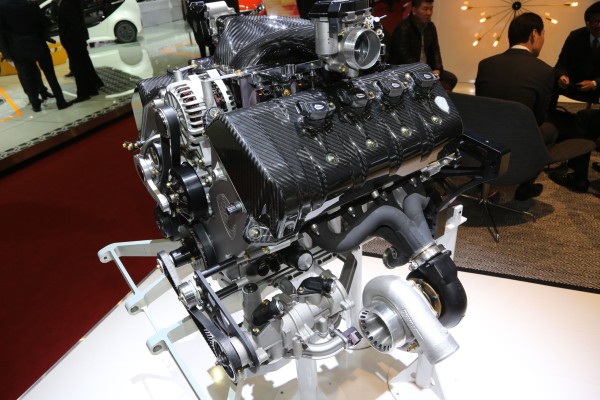
It takes 2.8 seconds to reach 100 km/h, and while this is outperformed by other front wheel drive hypercars, Regera takes only 3.2 seconds to go from 150 km/h to 250 km/h. From there, it is basically unstoppable; it just needs 19 seconds to reach its top speed of 400 km/h. Whoa.
[adsense300gray]
Since we’ve settled a bit on the power output, it is time to move on to the next element that makes this hypercar a big deal. We were used in past years to notice an increased use of DSG transmissions with 7, 8 and even 9 gears. Koenigsegg took this concept and smashed it into the ground; there is no gearbox on the Regera. Using a direct-drive system, Koenigsegg engineers managed to reduce power loss by almost 50%.
It works like this: one electric engine is working directly with the crankshaft to provide extra torque where the gas engine lacks while the other two flux axial engines are attached to each rear wheel also to provide torque on a full rev range. Under 50 km/h, Regera runs fully electric. While braking, the crankshaft attached electric engine enters power recovery mode to acquire kinetic energy normally lost by car when braking.
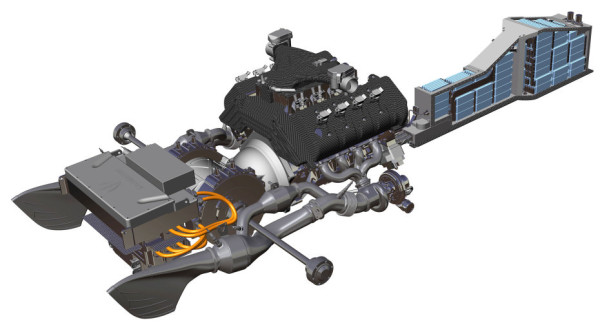
The redline is set at 8250 rpm and it is the equivalent of Regera’s top speed of 400 km/h or 249 mph. Critics would say it isn’t the fastest, although this electronic limit, once removed, might push the car beyond its top speed, but also beyond its safety limits. One thing that must be remembered is that given its Koenigsegg DirectDrive system, there is only one gear, so the rev goes up only once through the whole speed gradient.
Given this, Koenigsegg engineers worked Regera’s exhaust system in such way that it provides an adequate roaring even in low RPMs, so you feel like you are driving a hypercar even when not blowing through the air at 400 km/h and 8000 RPM. Unlike what you might believe, the roar is given by the small exhausts on the sides; the middle pipe is actually a water cooling system exhaust for rear electric engines.
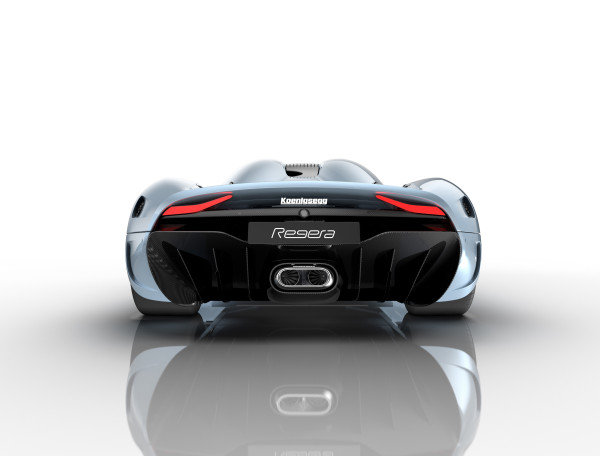
The battery complex weights only 115 kilograms and provides 9.27 KWh at 620V. According to Koenigsegg, it is the most dense power accumulator, making it also the lightest. Critics considered the baterry wouldn’t last for long, but Koenigsegg states it is able to discharge a large quantity of power without any considerable damage on the long run.
[adsense300gray]
While mechanics were built in collaboration with third party vendors such as YASA for flux motors, Koenigsegg was designed entirely inside the house. No design specialists were hired from the outside, but you could swear things were totally the oposite way. Unlike previous Agera and Koenigsegg One models which had the look of a formula racecar cockpit on the inside, Regera’s interior feels spacious and stylish. The sides of the plug in hybrid are taken over by the aero channels while the back is characterized by the large deployable rear wing; after all, some automotive engineering was required to keep the beast from taking off the ground.
Christian von Koenigsegg, founder and CEO of Koenigsegg stated that ” lack of gear shifting will be overcomed by the electric power and responsiveness. Down-shifting will be quickly forgotten and not missed at all.” On a sad note, only 60 pieces of this piece of jewelry are to be built. Estimated to $1.9 million, it still feels like a good deal, given that the track-only Koenigsegg One:1 goes up to $3 million. Check out these shots of what probably is the best hypercar of the moment.
[photomosaic exclude=”31521″]
